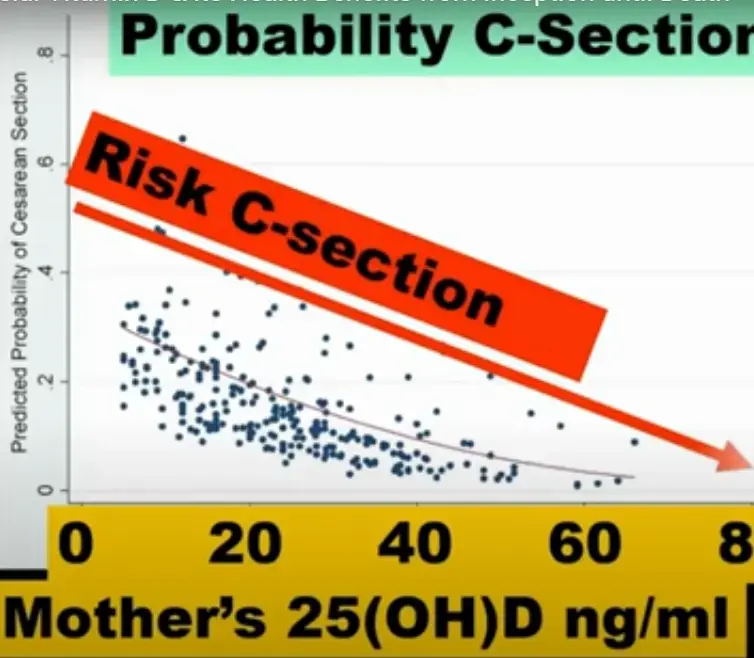Vitamin D proven to help in many ways, but little change in recommendations - Holick
The D-Lightfully Controversial Vitamin D & its Health Benefits from Inception until Death

Summary by GLAPS AI Jan 2025
Introduction to Dr. Michael Holick :
Dr. Michael Holick, a prominent researcher at Boston University Medical Center, has significantly contributed to understanding Vitamin D's role in human health.
He identified the major circulating form (25-hydroxyvitamin D3) and the active form (1,25-dihydroxyvitamin D3) of Vitamin D and explored its synthesis and effects on the skin.
Vitamin D Guidelines and Recommendations :
2010: Recommended Dietary Allowance (RDA) increased to 600-800 IU, with 2,000 IU considered safe.
2011: Endocrine Society recommended higher daily intake (400-1,000 IU for infants, 600-1,000 IU for children, and 1,500-2,000 IU for adults, with adjustments for obesity).
2024 guidelines: Mixed findings; higher dosages during pregnancy (2,500 IU/day) are suggested, but general supplementation recommendations remain conservative.
Health Implications of Vitamin D Deficiency :
Deficiency linked to rickets, osteomalacia, fractures, infections, cardiovascular disease, cancer, and increased mortality.
Pregnant women with low Vitamin D levels risk preeclampsia, premature births, C-sections, and infant dental issues.
Evidence from Observational and Randomized Studies :
Observational studies associate Vitamin D deficiency with higher risks of chronic illnesses.
Randomized control trials (RCTs) often fail to demonstrate clear benefits, partly due to study limitations and baseline Vitamin D levels already being sufficient in participants.
Vitamin D's Role in Pregnancy and Early Life :
Higher Vitamin D levels during pregnancy are linked to reduced risks of preeclampsia, premature birth, and neonatal mortality.
Adequate maternal Vitamin D levels can improve infant outcomes, such as stronger bones and fewer dental caries.
Association with Chronic Diseases and Mortality :
Vitamin D impacts immune function, reducing risks for respiratory infections, Type 1 and Type 2 diabetes, autoimmune diseases, and cardiovascular disease.
Higher Vitamin D levels (40-60 ng/mL) are associated with reduced mortality rates and overall improved health outcomes.
COVID-19 and Vitamin D :
Studies suggest that Vitamin D deficiency increases the risk of COVID-19 infection, hospitalization, and mortality.
Sufficient Vitamin D levels can lower the odds of severe outcomes.
Obesity and Vitamin D :
Obesity reduces Vitamin D availability due to sequestration in fat tissue, requiring higher supplementation levels for optimal health benefits.
Recommendations for Optimal Levels :
Dr. Holick advocates for maintaining 30-60 ng/mL of 25-hydroxyvitamin D through
supplementation of 4,000-5,000 IU/day for most individuals.Vitamin D Deficiency as a Public Health Issue :
Compared to historical examples like Ignaz Semmelweis (handwashing advocacy), Dr. Holick highlights the widespread neglect of addressing Vitamin D deficiency despite strong evidence of its health benefits.---
59+ VitaminDWiki pages have HOLICK in the title
The list is automatically updated
{LIST()}
